Migration is when a group of people leave their original living place and begin a new life in another location. The action itself is neither good nor bad, yet may be triggered by completely different reasons - it could happen because of external issues or the internal collapse of an existing society. We know the culture and traditions of indigenous peoples are closely connected to the land, so why would they leave their original home villages and migrate to the city?
The emergence of modern nations is the key reason for the division between indigenous peoples and the land. The new countries changed the existing structures concerning society, space, and land; and through various regulations and management schemes, new order swiftly and drastically transformed the original tribal society structure. Indigenous peoples were forced to fit into the modern nation mechanism. From minor changes such as local hygiene and medical care systems, modern education and national tax systems, to larger impacts including interfering and controlling community social structure, relocating and gathering villages, imposing mandatory labor systems, and land nationalisation policies, indigenous peoples were forced to change the way they live and how their community works.
This may seem like a mere societal change, yet it deprived indigenous peoples of their rights to the land and destroyed their existing societal structure. Furthermore, now they needed “money” to pay taxes and tuition fees. The role of money slowly gained importance and started the modern day rat race for a salary.
As a result, indigenous peoples had no choice but to leave their home communities and migrate to cities to earn a living. National policies also spurred on the move, including the Kōminka movement during the Japanese Occupation Period and the relocating and assimilating policies of the R.O.C. government. As the nation morphed into a modern society, indigenous peoples were compelled to leave their ancestral lands and homes.
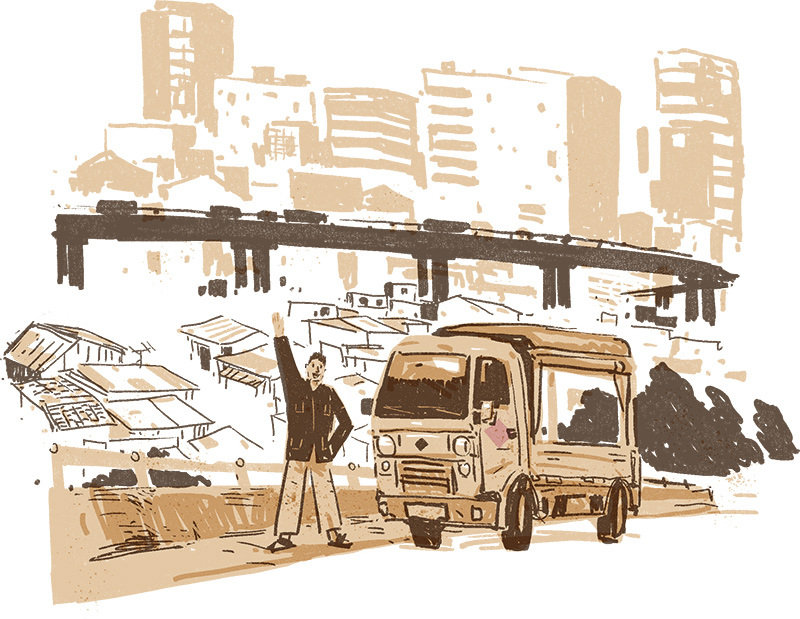
One By One,
We Move to the City
“Moving to the cities” is a direction, but how did we arrive at the city? What was the process of this migration? The processes and directions of respective journeys also showcased distinctive characteristics and cultures of different indigenous peoples. For example, the Pangcah gather together according to their community organization, the Bunun assemble according to their clans, and the Atayal connect through blood family and coalitions. By living in a community, members can form a closely-connected and trusted internal network in which information flows freely.
When one person in the community moves to the city, news and information pass through the internal network and kick off a “one by one” migration pattern. In Pangcah communities, they call it “pulling (people) to Taipei”, meaning that a large number of young people are moving to Taipei. This phrase not only brought about a new social class, but also marked a major movement during that period in history.
In addition to the “one by one” chain reaction migration pattern, community members also tend to flock together when it comes to living arrangements. Indigenous peoples in the city leveraged the house-building skills they learnt back home and built a cluster of houses in the suburbs. Step by step, indigenous communities began to pop up around the city. Community members also brought along crops and plants from their home villages, a reminder of their old living style and culture, to their new city dwellings. Just as they would do when they moved to a new community, they planted food crops next to their new homes - the only difference being the appearance of the land.
When indigenous peoples move to cities to seek new living space, they also bring along their traditional lifestyles and culture. The trend gradually gave birth to the concept of “urban indigenous peoples”.
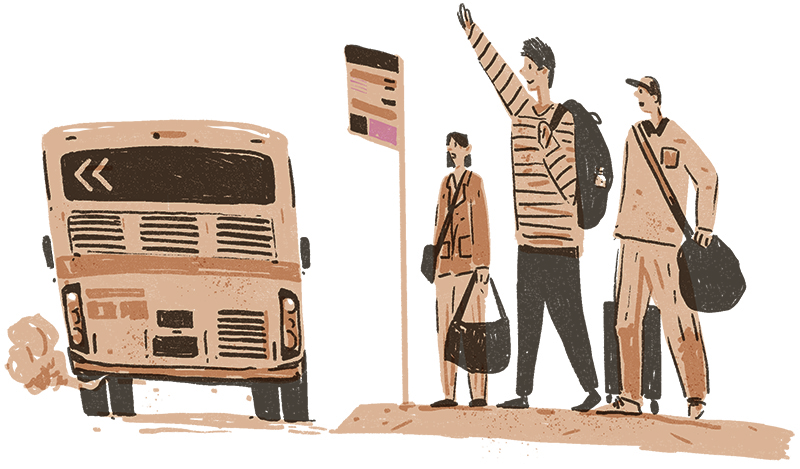
From Work to Daily Life:
the Emergence of Urban Indigenous Communities
Indigenous peoples who have moved to the cities not only have strong connections within their living communities, but also take care of each other at work since most of them take on similar laboring jobs in offshore fishing, mining, construction work, or factory operations.
In some areas, urban indigenous communities appear because of nearby employment opportunities. For example, offshore fishermen formed Urban indigenous community at Bachimen in Keelung; Ruifang and Tucheng are mining areas, therefore many indigenous communities are formed by indigenous miners. Neighboring construction sites generated communities such as Shanguang Community in Xizhi District, Sanying Community in Sanxia District, and Xizhou Community in Xindian District; and the rapid development of industrial and commercial industries brought forth new communities such as Bade and Linkou in Taoyuan City. Urban indigenous peoples form these communities for members to take care of one another, very much like the way they did back home. They are no longer strangers in a new city for they have a space to work and live together.
Nevertheless, indigenous peoples come to the cities with mixed emotions. They have left behind the home they are familiar with and entered a new place that is vastly different to their original living environments. Community members who come to make a living expect to make enough money to support themselves and improve the living standards of family back home. Those who leave home for the first time excitedly shake off restrictions from home and try to figure out a new lifestyle in this new world. And then there is a significant number of people who have no alternative but to leave home and work in the city so that their family will not go hungry. These mixed emotions flow through the minds of trailblazing urban indigenous peoples: all have different expectations of their new destination and go on to lead completely different lives.
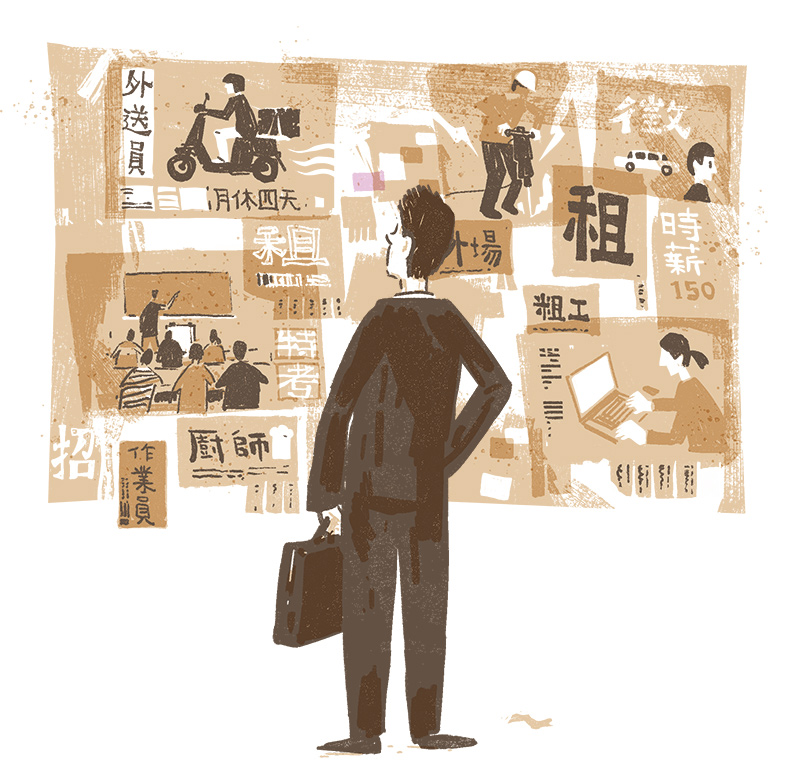
The Journey into the Cities:
Disappear or Fit In
However, society has long been unfriendly towards minority groups, leading to misunderstandings and discrimination towards indigenous peoples. Unfamiliar with the customs and culture of the community members, the overall society do not understand these new comers and is quick to put stereotypical labels on them, alienating the indigenous identity. In the early years, indigenous peoples were viewed by part of the society as “poor, dirty, and belonging to the lower social class” because most of them worked as laborers and where distinctively different from the non-indigenous people in their appearances, skin tone, and accents. Some people even stigmatize the indigenous drinking culture and religious ceremonies as alcoholism and hedonism. Due to the endless discrimination and conflicts, many indigenous peoples chose to hide their ethnic background or even refuse to admit they are indigenous after they come to the city. Hiding their past and identity, they force themselves to blend into the urban society.
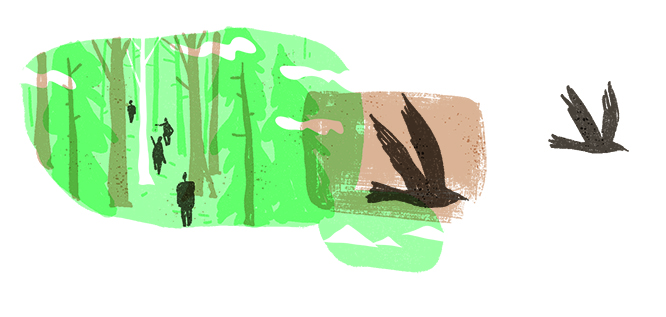
Even if they live in an urban indigenous community, they still have to deal with all sorts of questions, curious attitudes, and discrimination. The city is completely different to their home communities, and indigenous peoples have to learn to go with the flow in the new society and fit into mainstream society trends. Gradually, they depart from their original community lifestyles.
Settling Down:
the Division and Connection between City and Home Village
If we look back in history, Taiwan's economy began to take off rapidly around the 1950s and 1960s, a drastic change which generated urbanization. It has been three generations since the first generation of indigenous peoples settled in the cities. Yet unlike the trailblazing first generation, the second and third generations have to deal with completely different situations. Most of them have no experience living in their home villages, and some do not even have any older family members living in the communities. They also lack enough understanding of their own community culture to let them identify themselves as “indigenous”, resulting in a generation of “doubly marginalized” urban indigenous youths.
Being doubly marginalized means the indigenous youth are labeled as “indigenous” in the city, yet considered “an outsider from the city” when they return to their communities. These urban indigenous youth cannot identify with either side, and consequently form a sense of social disassociation and double marginalization. This feeling of alienation makes it even more difficult for this young generation to establish their self-identity and identify with their own ethnic group.
The move from home village to city symbolizes the gradual passing of traditional community culture and the alienation of its residents. However, in modern society, the severed link between home village and city seems to have been reattached and connected again. Historical events led to the loss of land and collapse of traditional societal structure, but with the perseverance of community members, the homecoming of indigenous youth, and the support of society and the nation, the connections between cities and home villages have been reestablished. Innovations and traditions continue to interact, as indigenous cultures continue to change, reinvent, and reshape themselves.
Modern urban indigenous peoples still struggle to find their self-identity while treading the ambiguous line between city and home village. Nevertheless, through active promotions of indigenous culture, our society is gradually becoming friendlier towards indigenous peoples, and both parties are learning to respect each other. As for how the face of urban indigenous peoples will evolve and be interpreted in the following years depends on the actions of the next generation of urban indigenous youth. 
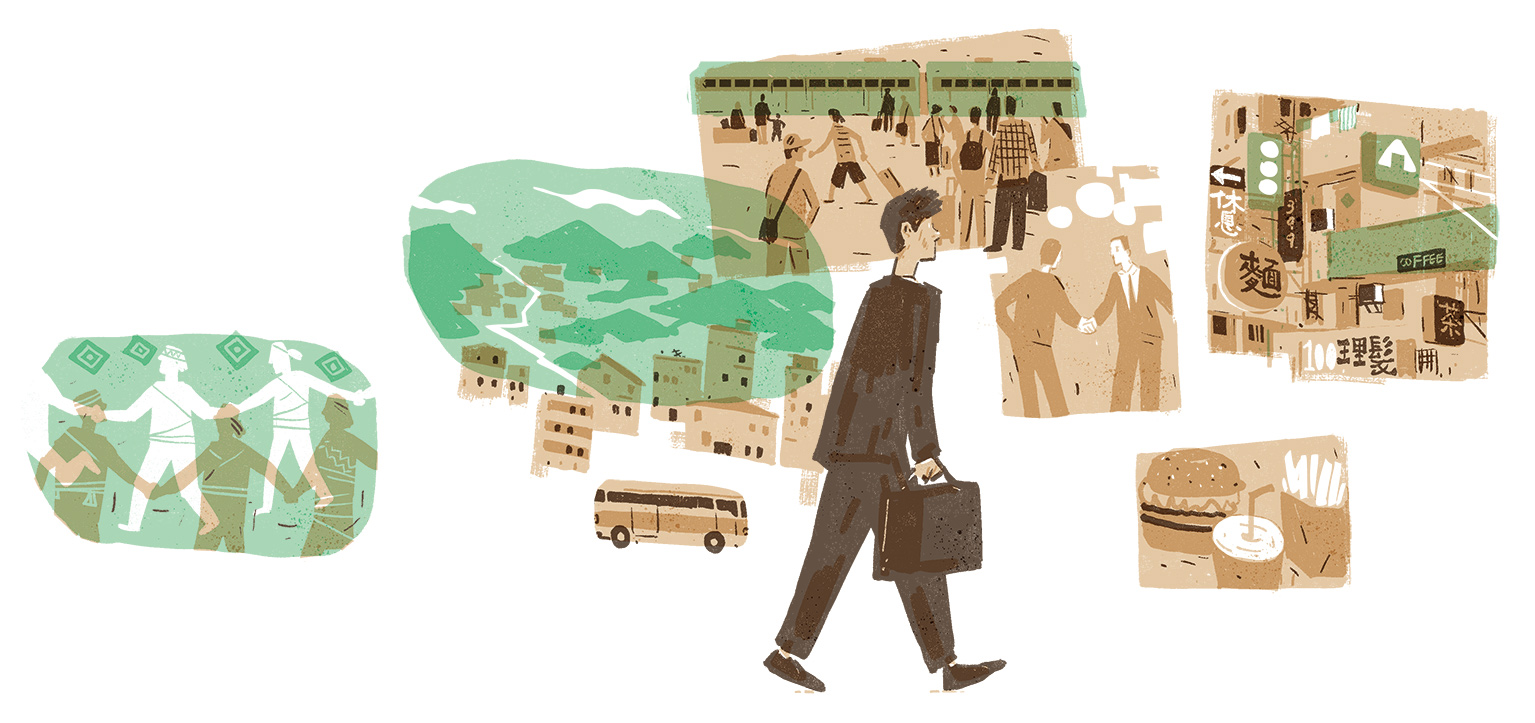
─ References ─
楊士範,《礦坑、海洋與鷹架:近五十年的台北縣都市原住民底層勞工勞動史》,臺北:唐山出版社,2005年。
謝世忠,《認同的汙名:台灣原住民族群變遷》,臺北:自立晚報社,1987年。




